You want to retrieve IBM Cloud Stored Data. How? Here's a detailed guide on using IBM Cloud Object Storage as a storage service. We'll cover the basics such as how to create, delete and update files, save images and attach files to messages and so much more. This guide is for both new users and current customers of IBM Cloud Object Storage.
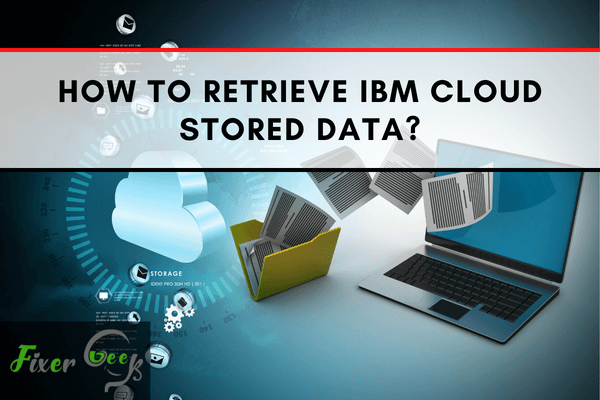
International Business Machine Cloud (IBM Cloud) offers to give safety to the digital platforms. It holds, records data and information securely for various enterprises and companies. IBM Db2 is such a Cloud management program that stores data on the IBM Cloud. Now, if you need to retrieve your IBM Cloud stored data, you have to join the IBM App Connect to the IBM Db2 Cloud database. This integration can retrieve all the information and records and restore them to the individual user. So, in this article, we will give you a proper idea about how to retrieve IBM Cloud stored data.
Retrieving IBM Cloud Stored Data
- First, locate and construct the files you require. You have to make a “Db2 on IBM Cloud” service instance. You will require the given information that is constructed during the attachment of fresh credentials on the “Service Credentials”.
- Get the title of the database, the user account, and the host server. Also, obtain the password of the account and the port that the database manager worked on.
- Then, you have to make an “IBM Cloud” account that is integrated with the “IBM App Connect” service. Additionally, you may set up the “IBM App Connect Enterprise forDevelopers”. However, it is not important for the retrieval.
- Then, make a table with the title “TEST”. Add some data to it. Locate “EXPLORE” from the menu. Click on it. Create a record of the given scheme title from the top. Select “RUN SQL” from the menu.
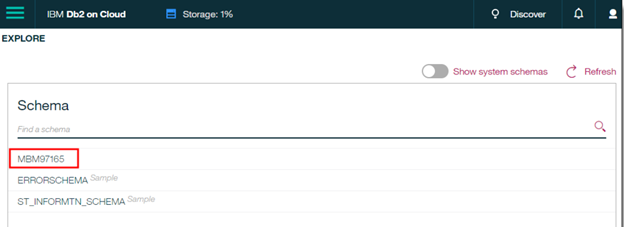
- Put the given SQL on the screen:
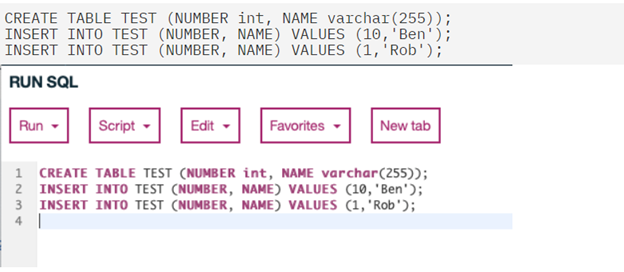
- Select “Run”. It will ask you if you wish to run all the programs. Confirm by choosing “Run all”.

- Now move on to composing the unification in App Connect at IBM Cloud. Download the “BAR” file consisting of the “REST service”. Then, unzip it. If it asks you to log in to IBM Cloud, then log in to your account. Choose the “App-Connect Service instance”. And, run it.
- Locate the “New” option from the IBM Cloud dashboard. Select it. GO for the “Import a BAR file” option. Choose the “BAR” file you unzipped before. Select “Import” to confirm.
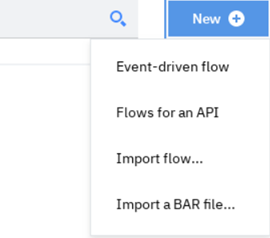
- For launching the “Policies” window, locate the icon. Click on it. Select “New policy”. Make a “Db2” policy. Put a Policy name similar to the database name. Give a title to the Host server, the Database, the user account. Also, put a Password and Port number. Tick the option “Connect to IBM Cloud Db2”. Also, you may tick the box with the option “Use SSL”. Select “Create”.
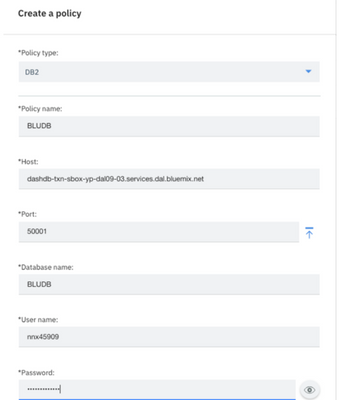
- Store the records by selecting “Save”. Then, add the policy to the server by selecting the “Used by” option from the row. The “Apply policy” window will come out. Pick out the integration server. Select “Apply”.
- Launch the integration server. Now, it is running.
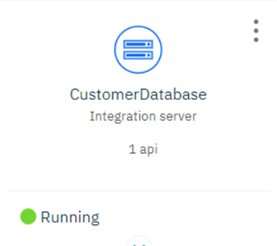
- Check the integration. Open it. Select “Show API Explorer”. Select the given API by choosing “Try it”.
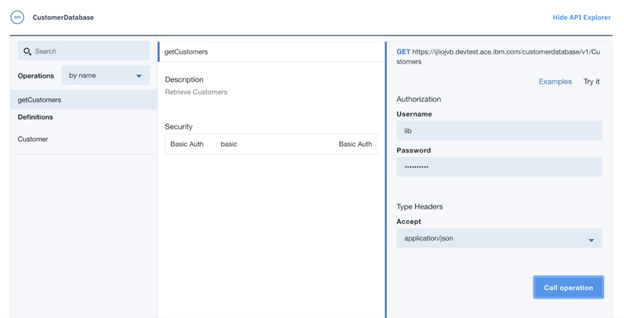
- Select “Call operation”. A window will emerge such as this:
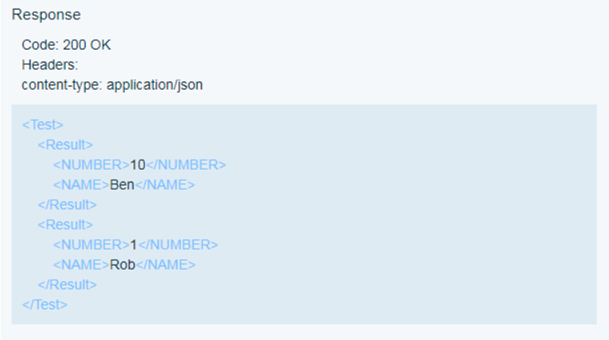
- Now, the IBM App Connect is integrated with IBM Db2 Cloud. And, you can retrieve all the data, records from it.
So, that’s how you can retrieve IBM Cloud stored data conveniently.
Summary: Retrieve IBM Cloud Stored Data
- You must first add IBM Cloud Object Storage to the project.
- First, you need to create a service credential for your IBM Cloud Object Storage instance.
- Next, you need to bind the service credential to the project. This will allow the project to access your instance of IBM Cloud Object Storage.
- Create a file named "cos_creds" in the demo folder from your JupyterLab terminal and copy-paste the following lines into it:
- To retrieve all data, run the following code as a cell in your notebook:
- To retrieve just one piece of data (when all three pieces of data are stored), run the following code as a cell in your notebook: